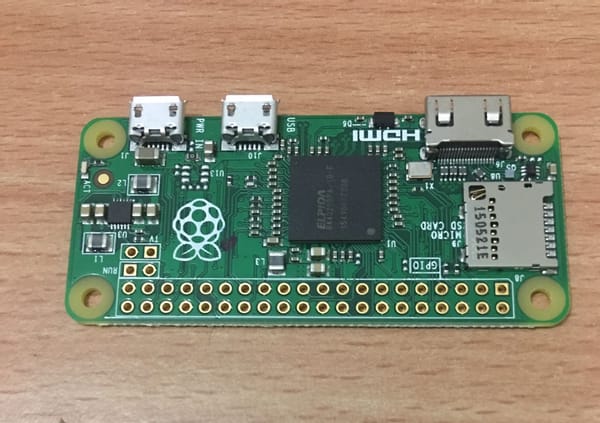
proton vpn
WireGuard on OPNsense -> Proton VPN- Selective traffic routing
This is a replica of the Surfshark VPN post from earlier, adapted for Proton VPN. Tested on OPNsense 24.7.10_2-amd64. Generate Proton VPN Wireguard configuration Login to Proton VPN and navigate to Downloads Select the options that you need Scroll down to the server location you need and












